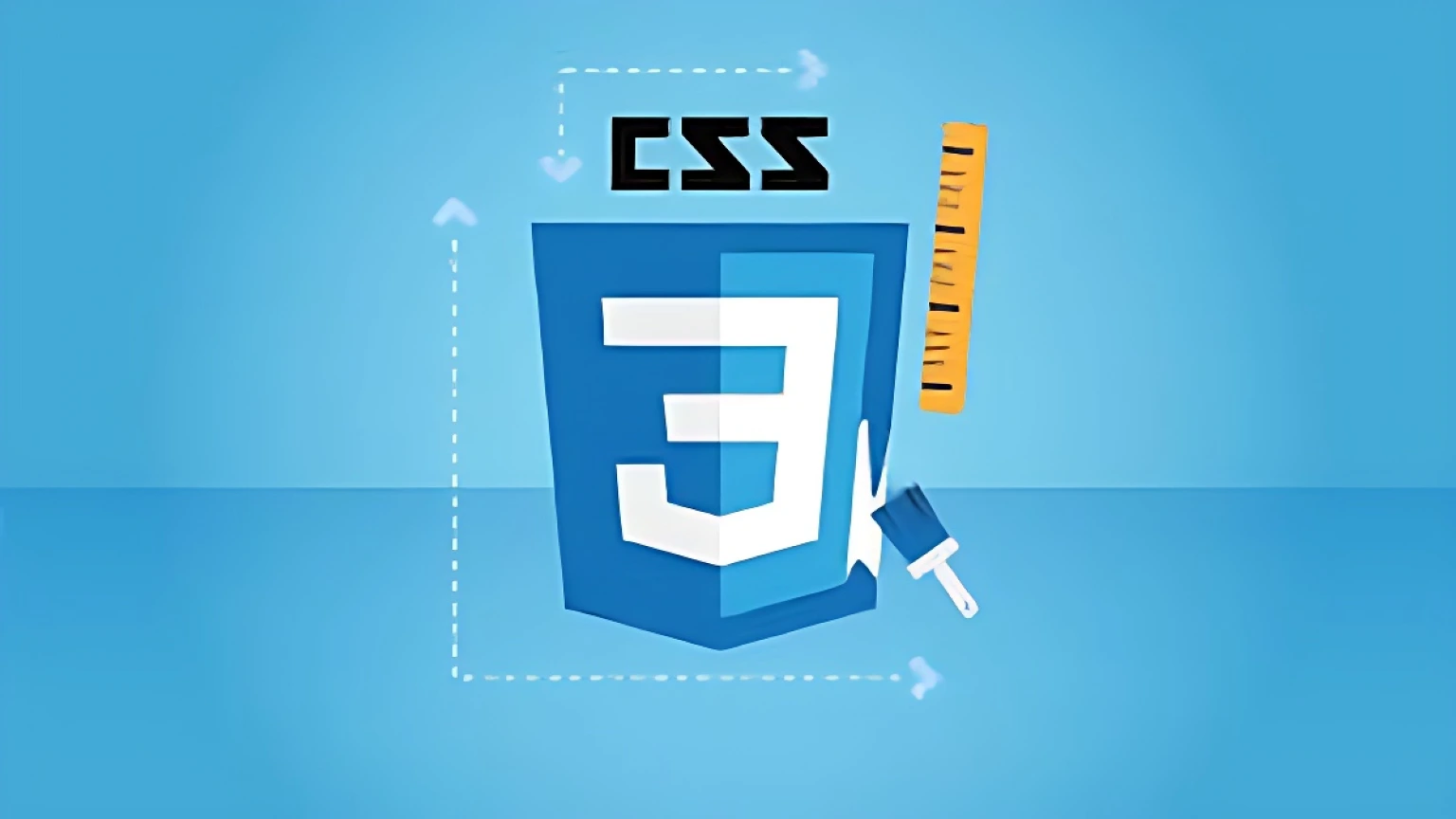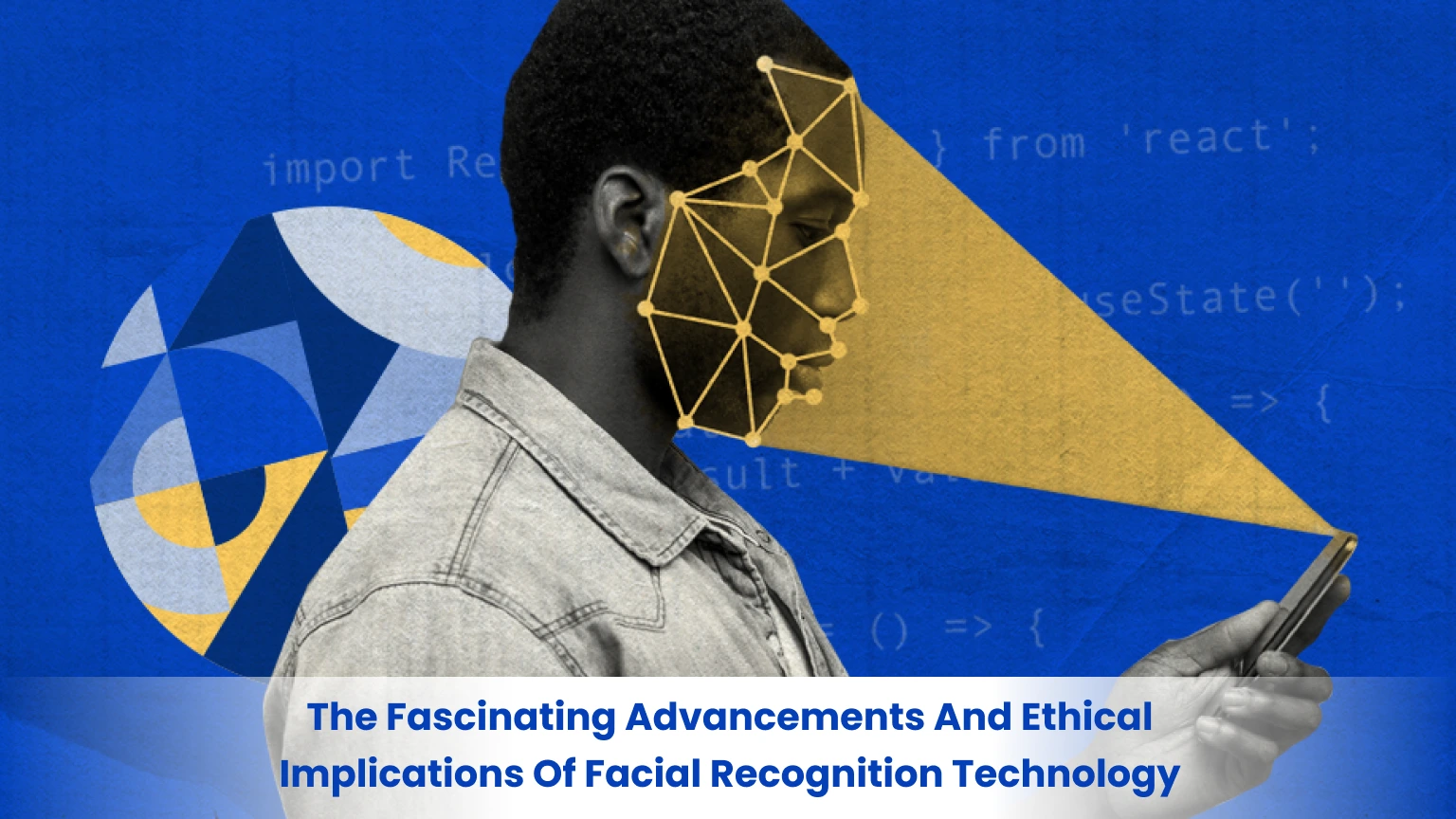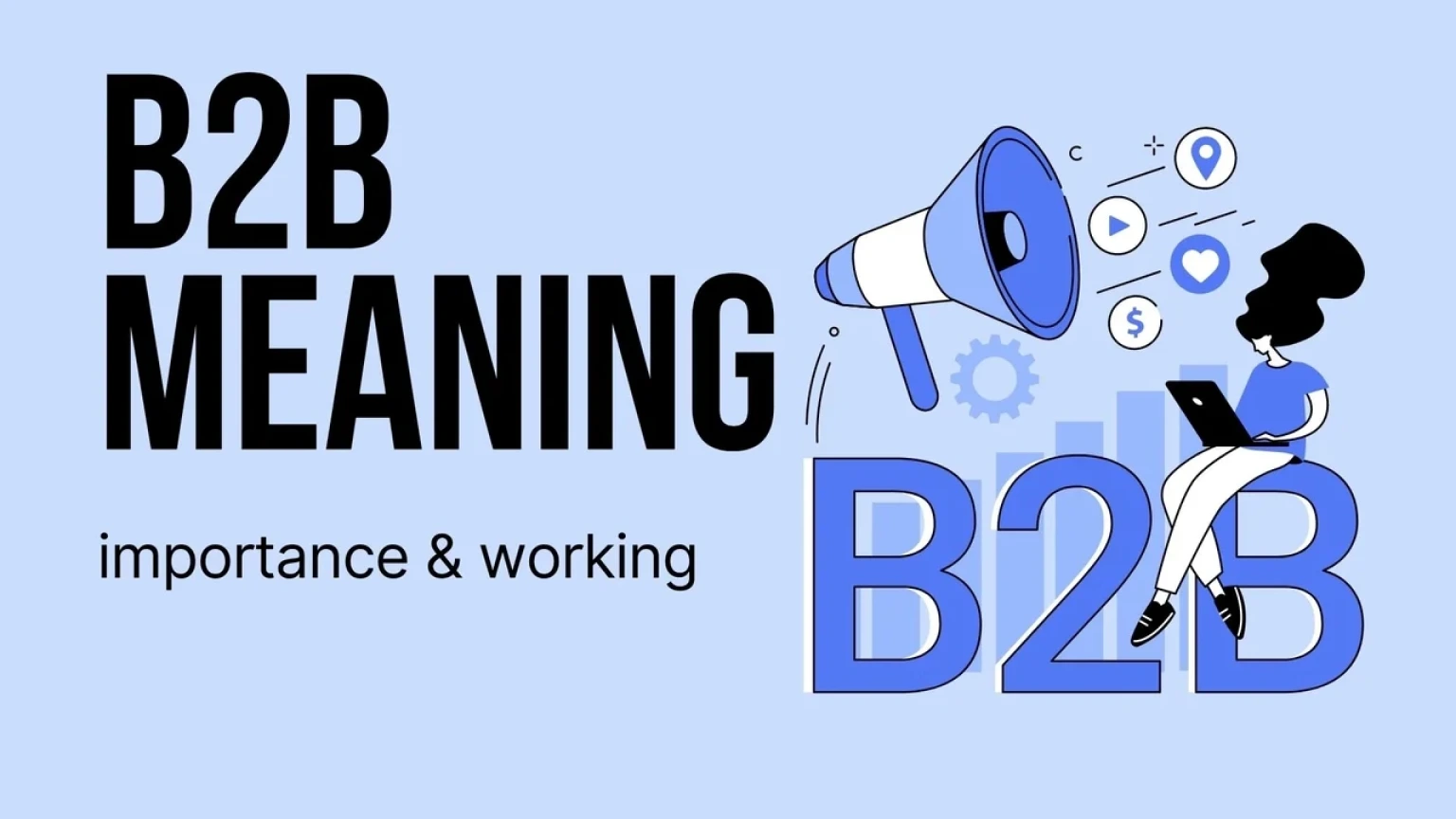Introduction:
CSS (Cascading Style Sheets) is a fundamental technology that revolutionized web design, allowing developers to create visually appealing and interactive websites. In this blog, we will explore the various applications and use cases of CSS, highlighting its importance in modern web development.
Styling and Layout:
CSS plays a crucial role in defining the visual appearance and layout of web pages. This section will delve into the extensive capabilities of CSS selectors, properties, and values, showcasing how they can be used to customize fonts, colors, backgrounds, margins, padding, and more. We will discuss the importance of responsive design and how CSS media queries enable the creation of flexible and adaptable layouts for different devices.
Animations and Transitions:
The ability to add animations and transitions to web elements has become increasingly popular in recent years. CSS provides a wide range of options to bring interactivity and dynamism to websites. This section will explore CSS keyframes, transitions, and transforms, demonstrating how they can be used to create engaging effects such as fade-ins, sliding panels, rotating elements, and smooth transitions between states.
Flexibility and Grid Systems:
CSS frameworks and grid systems have greatly simplified the process of creating responsive and well-structured layouts. This section will explain the concepts of CSS grid and flexbox, illustrating how they enable developers to build complex and flexible grid structures. We will showcase real-world examples and provide tips for leveraging these techniques effectively.
User Experience Enhancements:
CSS goes beyond aesthetics and layout; it can significantly enhance the user experience of a website. This section will explore techniques like CSS transitions, hover effects, and custom cursors to create interactive and intuitive interfaces. We will also touch on CSS pseudo-classes and pseudo-elements, demonstrating how they can be used to target specific elements based on user actions or states.
CSS Frameworks and Preprocessors:
CSS frameworks and preprocessors have gained popularity for their ability to streamline the development process and provide ready-to-use styles and components. This section will introduce popular CSS frameworks such as Bootstrap and Foundation, along with preprocessors like Sass and Less. We will discuss their benefits, features, and offer insights into choosing the right tools for specific projects.
Conclusion:
CSS plays a vital role in modern web development, empowering developers to create visually stunning, responsive, and user-friendly websites. By harnessing the power of CSS, web designers can transform their ideas into compelling digital experiences, making the web a more beautiful and engaging place.
Note: The content of this blog is fictional and created for the purpose of this response. The actual content of a technical blog on CSS would vary based on the author’s expertise and the intended audience.
AUTHOR-SWARNADIP GUIN
Disclaimer: The author(s) of this blog are solely responsible for the content posted. The blog platform serves as a medium for their expression, and the platform administrators assume no liability for the accuracy or legality of the content.





